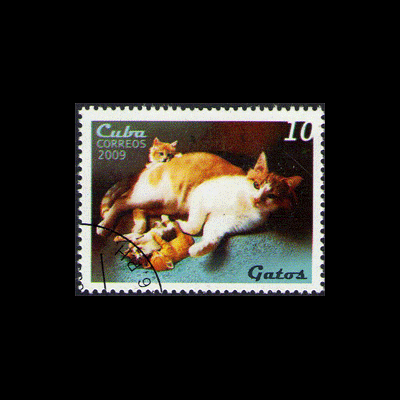Prevalence of feline leukaemia virus and antibodies to feline immunodeficiency virus and feline coronavirus in stray cats sent to an RSPCA hospital
UK survey of prevalence of diseases among stray cats
source: A. Muirden
Veterinary Record vol 150 no 20, May 18 2002
starts p621, 5 pages long
Tests for feline coronavirus (FCoV), feline leukaemia virus (FeLV)and feline immunodeficiency virus (FIV) were carried out on 517 stray cats at an RPSCA centre in Birmingham, England. 22.4% of cats tested had antibodies to FCoV, 3.5% had antibodies to FeLV, and 10.4% had antibodies to FIV. Feral and semi-feral cats were more likely to test positive for FCoV, as were cats older than two years of age. Cats with non-traumatic illness were more likely to test positive for FeLV and FIV than traumatised or healthy
cats. Semi-feral and feral cats were also more likely to test positive for FIV, as were older cats, and males, both entire and neutered, though no correlation was found between tameness, age and sex, and testing positive for FeLV.
FcoV is spread through faeces, and stray cats may be at risk through using several territories. FeLV appears to be spread through social contact such as grooming, whereas FIV is linked to fighting, and in this study, with neglected or old injuries. Previous studies have found links between tumours, gingivitis and FeLV, and between abscesses and severe oral disease and FIV.
This study should provide useful data for authorities dealing with stray cats, many of which may need to be rehomed.
CA,HD


